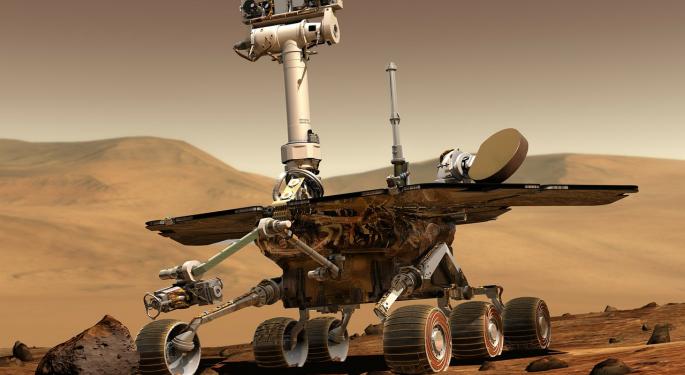NASA Reveals Plans For Life On Mars
A recent report that NASA found liquid water flowing on Mars has caused curiosity to resurface regarding when astronauts might be able to make longer-term journeys to the Red Planet.
This week, NASA answered questions about whether long-term missions to Mars are feasible by outlining its plans to land humans on the planet for substantial periods.
Sustainable Accommodation
The report falls in line with the National Aeronautics and Space Administration's initial timeline to send its astronauts to Mars by mid-2030. Divided into three sections, the plan begins with testing how such a mission would impact human health and whether new technology designed to meet their everyday needs will be feasible in space.
That stage is already underway as astronauts at the International Space Station evaluate the possibility of growing food in space and using 3-D printers to create tools.
In the years to come, NASA will move on to testing and launching more powerful rockets and eventually creating spaceships that are able to exist on Mars and use the planet's resources to support human life for long periods of time.
What Does It Mean?
NASA's commitment to long-term Mars missions is big news for the industry as more private companies work to make a name in the space travel sector.
Elon Musk's SpaceX has already signed on to deliver the Bigelow Expandable Activity Module to the International Space Station, which would be the company's eighth supply mission.
Boeing Co (NYSE: BA) has long been a contributor to NASA's space travel efforts, and the firm was recently awarded a $4.2 billion contract to provide transportation into orbit for astronauts.
Image Credit: Public Domain
© 2025 Benzinga.com. Benzinga does not provide investment advice. All rights reserved.
Posted-In: Bigelow Expandable Activity Module ISS MarsNews Travel Markets Tech General Best of Benzinga



